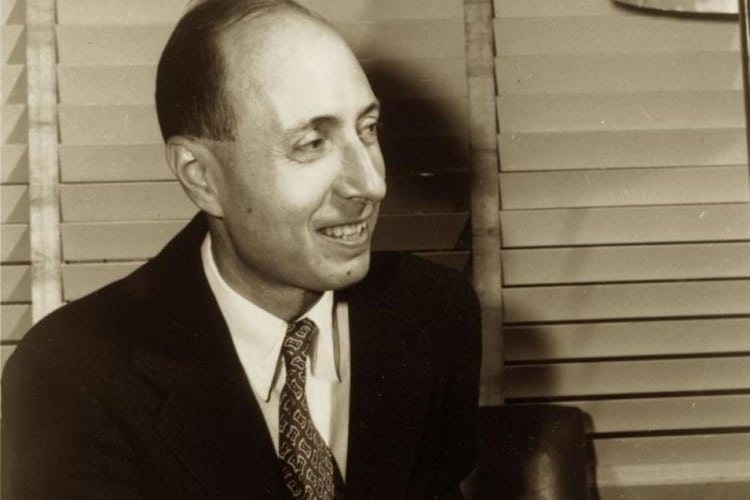Eugene Wigner (17 November 1902 – 1 January 1995) was a Hungarian American theoretical physicist. Eugene Wigner was awarded the Nobel Prize in Physics in 1963.
Life and Career
Eugene Wigner was born on 17 November 1902, in Budapest, Hungary, to a middle-class Jewish family. He showed an early aptitude for mathematics and science.
Wigner attended the Technical University of Berlin and later the University of Göttingen in Germany. He studied under notable physicists such as Max Born, David Hilbert, and James Franck. In 1925, he earned his Ph.D. in chemical engineering from the Technische Hochschule in Berlin.
Wigner started his career in the field of quantum mechanics. In 1927, he formulated the Wigner–Eckart theorem, an important result in quantum mechanics.
He made significant contributions to the understanding of symmetries in quantum mechanics.
Wigner shifted his focus to solid-state physics and made contributions to the theory of metals. He developed the Wigner–Seitz method to study the behavior of electrons in a crystal lattice.
During World War II, Wigner played a crucial role in the development of the atomic bomb as part of the Manhattan Project. He contributed to the design of nuclear reactors. Wigner, along with Alvin Weinberg, developed the concept of the breeder reactor.
After the war, Wigner continued his work in nuclear physics and quantum mechanics. He received the Nobel Prize in Physics in 1963 for his contributions to the theory of the atomic nucleus and the elementary particles, particularly through the discovery and application of fundamental symmetry principles.
Eugene Wigner passed away on 1 January 1995, in Princeton, New Jersey, United States.
Award and Legacy
Eugene Wigner was awarded the Nobel Prize in Physics in 1963 for his contributions to the theory of the atomic nucleus and elementary particles. The Nobel Committee specifically acknowledged his role in the discovery and application of fundamental symmetry principles.
Wigner received numerous other honors and awards throughout his career, including the Atoms for Peace Award (1958) and the Enrico Fermi Award (1958).
One of Wigner’s most enduring contributions is his work on the symmetries of quantum mechanics. The Wigner–Eckart theorem and Wigner’s classification of particles based on their behavior under symmetry operations have become fundamental in the study of quantum systems.
Wigner made substantial contributions to the application of group theory in physics. His work in this area has had a lasting impact on our understanding of symmetries and conservation laws in physical systems.
Wigner’s involvement in the Manhattan Project and his contributions to nuclear physics, including the concept of the breeder reactor, significantly influenced the development of nuclear technologies and reactor design.
Wigner’s philosophical reflections on the relationship between mathematics and the physical world, as expressed in his essay “The Unreasonable Effectiveness of Mathematics in the Natural Sciences,” have become famous and sparked ongoing discussions about the nature of scientific understanding.
Wigner proposed a thought experiment known as “Wigner’s Friend,” which has become a foundational topic in the philosophy of quantum mechanics. The paradox explores the nature of measurement and the role of the observer in quantum systems.
Wigner’s influence extended beyond his research contributions; he played a role in educating and mentoring several generations of physicists. His students and collaborators have gone on to make significant contributions of their own.

